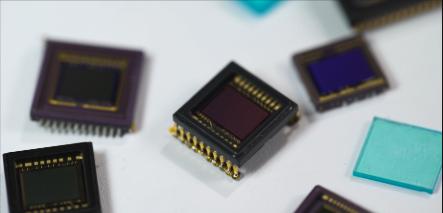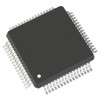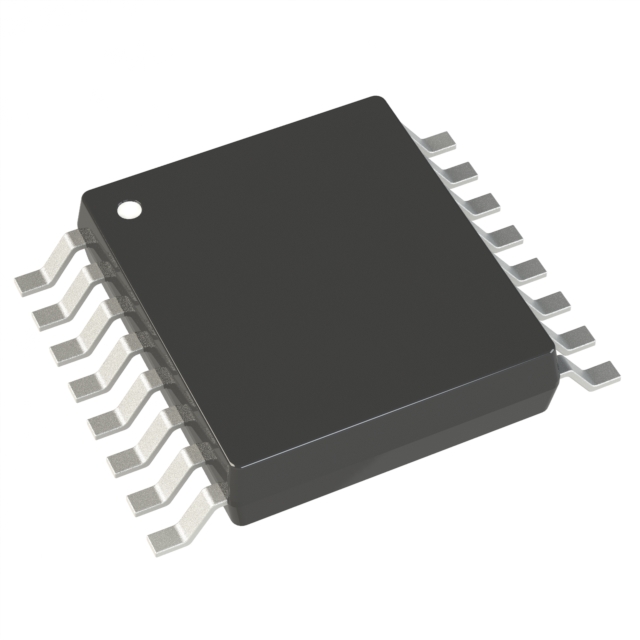| What is an oxygen sensor? |
| Type of oxygen sensor |
| Zirconia Oxygen Sensor |
| Titanium dioxide oxygen sensor |
| Thin mixed ratio sensor |
| Titanium dioxide (TiO2) oxygen sensor |
- Original content, please do not reprint.
What is an oxygen sensor?

The function of the oxygen sensor is to monitor whether the combustion of the mixture in the engine is complete effectively regulating the fuel system. The main purpose
is to enable the car to better comply with emission regulations, therefore the oxygen sensor is widely used in electronic control fuel injection systems mainly applied to the ECU.
Type of oxygen sensor
lambda sensor
Titanium dioxide (TiO2) type oxygen sensor
Thin mixed ratio sensor
Zirconia Oxygen Sensor
Oxygen sensors are typically installed on the exhaust pipe. A thin layer of platinum is coated on both the inner and outer surfaces of the zirconia tube, which serves as both an
electrode and a catalyst. The inner side of the zirconia tube is exposed to atmospheric air and maintains a constant oxygen concentration, while the outer side directly interfaces
with the exhaust gas, which has a lower oxygen concentration. During operation, the high temperature of the exhaust pipe causes oxygen separation. Due to the difference in
oxygen concentration between the two surfaces of the outer electrode, oxygen ions flow from the side of higher concentration to the side of lower concentration, generating an
electromotive force. In a sense, it functions more like a chemical cell with a smaller capacity, also known as an oxygen concentration difference cell.
Titanium dioxide oxygen sensor
The titanium dioxide oxygen sensor utilizes the characteristic of the resistivity of semiconductor material titanium dioxide which changes with variations in oxygen content in the
exhaust pipe. It is known as a resistive oxygen sensor. This type of sensor has a high resistance value; when titanium dioxide is deficient in oxygen on its surface, the resistance value
decreases.
Thin mixed ratio sensor
The generation of rare mixed ratio sensors is based on the fundamental control principle of being expanded upon the zirconia-type oxygen sensor. As mentioned earlier, the zirconia-type
oxygen sensor has a characteristic that when oxygen ions move, it causes the generation of an electromotive force. If a reverse procedure is applied, applying voltage to the zirconia
component will cause the movement of oxygen ions. According to this step, the desired ratio value can be controlled by a computer.
Titanium dioxide (TiO2) oxygen sensor
Titanium dioxide oxygen sensor is a type of sensor made by utilizing the characteristic that the conductivity of porous conductor TiO2 changes with variations in oxygen content in the
exhaust gas. The working principle of titanium dioxide oxygen sensor differs significantly from that of zirconia oxygen sensor, as it employs the characteristic that the conductivity of
porous conductor TiO2 varies with changes in oxygen content in the exhaust gas.
| Relevant Content |
 Electrochemical sensors Electrochemical sensors |
 humidity sensor humidity sensor |
 What is a Mass Airflow Sensor What is a Mass Airflow Sensor |
 What is a gyroscope sensor What is a gyroscope sensor |
 Summary and principle of parking sensor Summary and principle of parking sensor |









